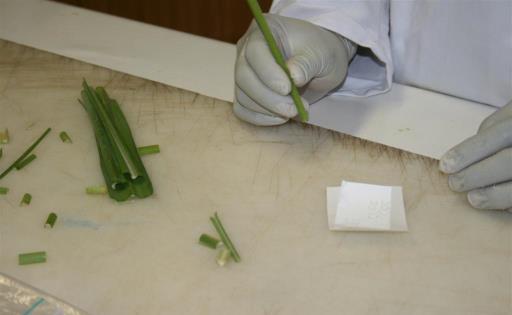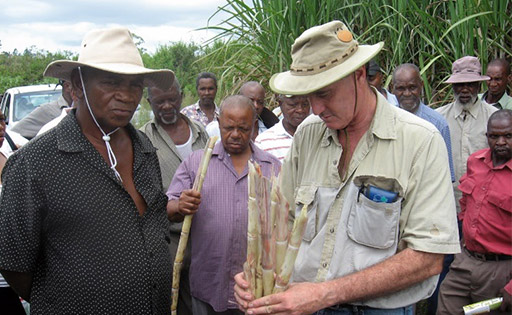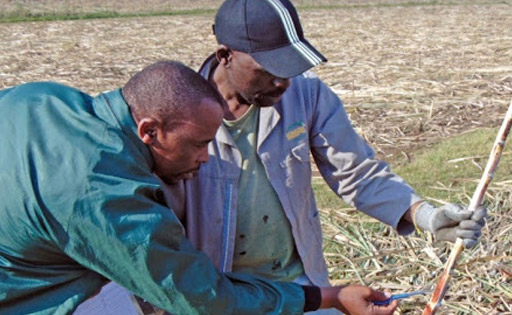Disease Control
MAJOR SUGARCANE DISEASES
SASRI conducts research and provides services to minimise the effects of diseases on crop production. While many diseases affect sugarcane, five are common and are regarded as particularly serious, having a major economic impact on the crop. These are ratoon stunt (RSD), smut, mosaic, and brown and tawny rust.
All our advice and information on disease control can be found in the various publications, videos and services described below.
Information Sheets
Books
Sugarcane diseases in Southern Africa
Disease control in sugarcane and the maintenance of optimum productivity depends on planting resistant or tolerant varieties; planting good quality, disease-free seedcane; eliminating volunteers before replanting; inspecting and roguing cane fields regularly; eradicating severely infected fields; and managing the crop well. The various diseases occurring in sugarcane in southern Africa are described, together with recommendations for their control.
Standard Operating Procedure: Hot Water Treatment tanks
Seedcane used to establish Certified Nurseries is treated in hot water, mainly to eliminate ratoon stunt (RSD). Hot water treatment (HWT) for 2 hours at 50°C (±0.5°C) should eliminate populations of viable RSD bacteria in the seedcane that were too low to be detected through routine testing. This document outlines the operation of a 13-basket continuous output (Upfold) hot water treatment (HWT) tank used to treat seedcane before planting in a Certified Nursery.
ILLUSTRATIVE GUIDES
Services
Ratoon Stunt Diagnosis
Ratoon Stunt (RSD), a major sugarcane disease which causes substantial yield loss, can only be reliably diagnosed in a properly equipped laboratory. SASRI offers a diagnostic service to farmers and also provides advice on the management of the disease.
Extension and Biosecurity Service
Together with Local Pest, Disease and Variety Control Committees, SASRI acts to monitor diseases and implement procedures to mitigate damage and loss. They also ensure that only gazetted varieties are planted in each control area.
RESEARCH
Subscribe to our News Alerts to receive our latest information.




